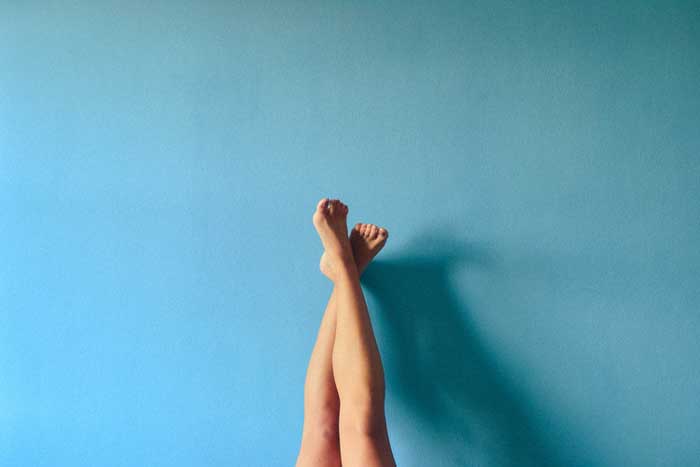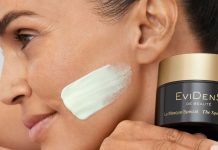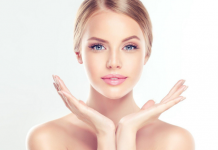Perfect legs are not only of infinite length and flawless smoothness but also with velvety skin and a great pedicure. We list the main problems that add age to our legs and tell you how to avoid them (starting right now).
Dry skin of the feet
Dehydration is a problem that immediately makes the feet “aged”. It can be explained by both a seasonal factor and a genetic factor: the skin of the feet dries out especially strongly during the transition period, when we change into closed shoes, as well as with age (the body naturally loses subcutaneous fat, and the skin dries up and becomes thinner).
Podiatrist’s tip: don’t wear the same shoes for two days in a row – not only do your feet need a break, but also your shoes.
What’s to be done: moisturize the skin of your feet every evening and do not wear closed shoes (trainers, sneakers, loafers, etc.) without socks and tights ─ it actively draws moisture from the feet, drying them out. Moreover, synthetic materials of the shoes and insoles will reward the feet with an unpleasant odor.
Calluses and corns
The former is most often seen in the summer, while the latter is an all-season thing. Corns are cone-shaped or oval-shaped lumps of skin with a noticeable center. Calluses form where the skin experiences regular friction. Above all, they cause physical discomfort with severe pain.
There are many reasons for the appearance of calluses: tight shoes, deformity of the foot with age, and imbalanced gait. Corns are the thickening of the upper layer of the skin. They are most often formed on the pads of the feet, on the heels, at the base of the big toe in response to pressure, which can be caused by uncomfortable shoes, wearing high heels, or standing for a long time.
Salicylic acid and lactic acid help soften rough skin areas
What’s to be done: pedicure masters cope well with corns with the help of grinding and good moisturizing procedures – the main thing is to visit them regularly. If aesthetic and physiological problems cause calluses, you need to go to a doctor ─ a dermatologist or a surgeon (depending on the degree of the problem). The most popular methods for getting rid of calluses are laser and liquid nitrogen.
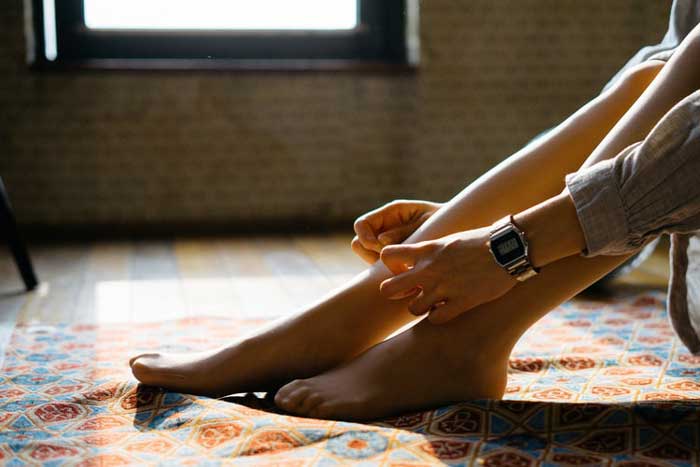
Thickening of nails
The long-term wearing of tight and uncomfortable shoes can lead to the fact that toenails become very dense and acquire a yellowish tinge, they can crack and break for no apparent reason.
What’s to be done: if the cause of the thickening is not nail fungus (excluded by the doctor), regular pedicure and the selection of optimal shoes will help to cope with the problem ─ if the narrow-toed shoes continue to press on the nails, any measures will be useless to take.
At home, you can grind the surface of a thickened nail with a file of slight abrasiveness, but you cannot actively file the surface ─ this will lead to its greater growth and can damage the nail bed.
Ingrown toenail
The main reasons for this really frightening trouble are the same – uncomfortable shoes and poor care. In pointed-toe shoes, as well as in high-heeled shoes, the toes constantly experience pressure from above and from the side, which contributes to the gradual ingrowth of the edge of the nail into the skin.
An incorrect pedicure can lead to the same effect, when you yourself or a master in the salon cut the outer corners of the nails deeply, “sinking” them into the skin, after which the nail often begins to grow incorrectly.
What’s to be done: an ingrown toenail can cause many problems, and a neglected situation needs to be corrected by a surgeon (this can be done by non-surgical methods today). As a preventive measure, it is better to always file the edges of the nail, rather than trim it, and do it strictly horizontally, without touching the outer corners.
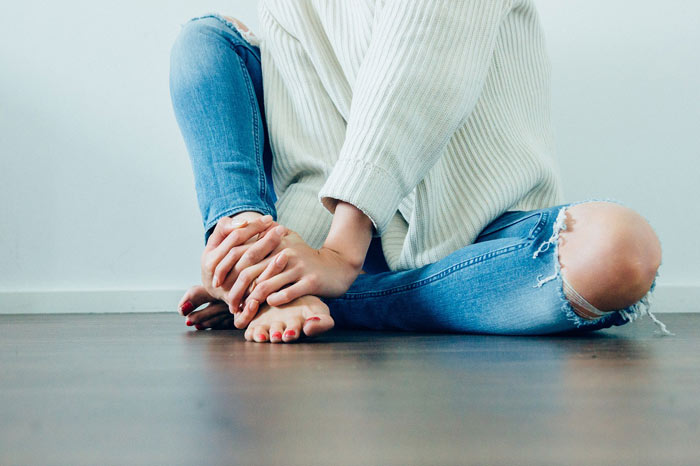
Vascular mesh
This aesthetic defect is actually a harbinger of a serious problem ─ varicose veins. Vascular disease, in which normal venous blood flow is disrupted, has become younger, and today, even at 30+, you can be afraid to wear a mini. The reasons for the development of varicose veins can be thyroid problems, hormonal disruptions in the body, sedentary work, unhealthy diet, bad habits, and even uncomfortable shoes.
What’s to be done: go to a phlebologist, since the independent use of all kinds of phlebotonics is fraught with at least inefficiency. Laser therapy is good as a correction method, and toning agents are good for masking. The long-term wearing of high-heeled shoes and sitting in a leg-on-leg position, when the vascular mesh is pronounced, are included in the list of undesirable actions.


